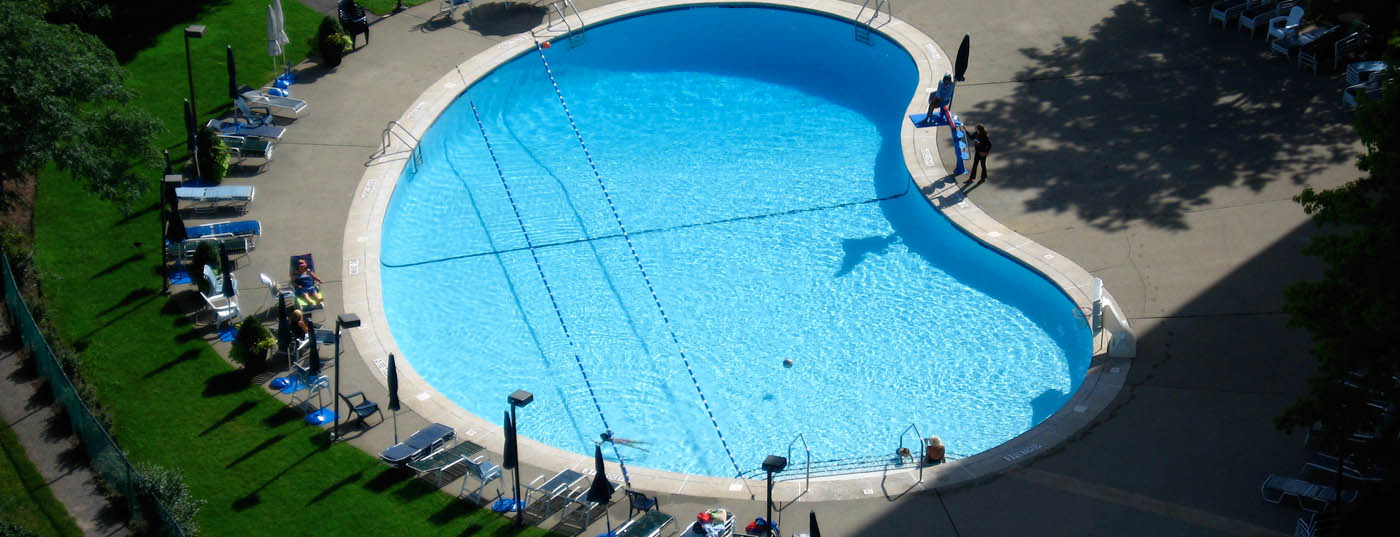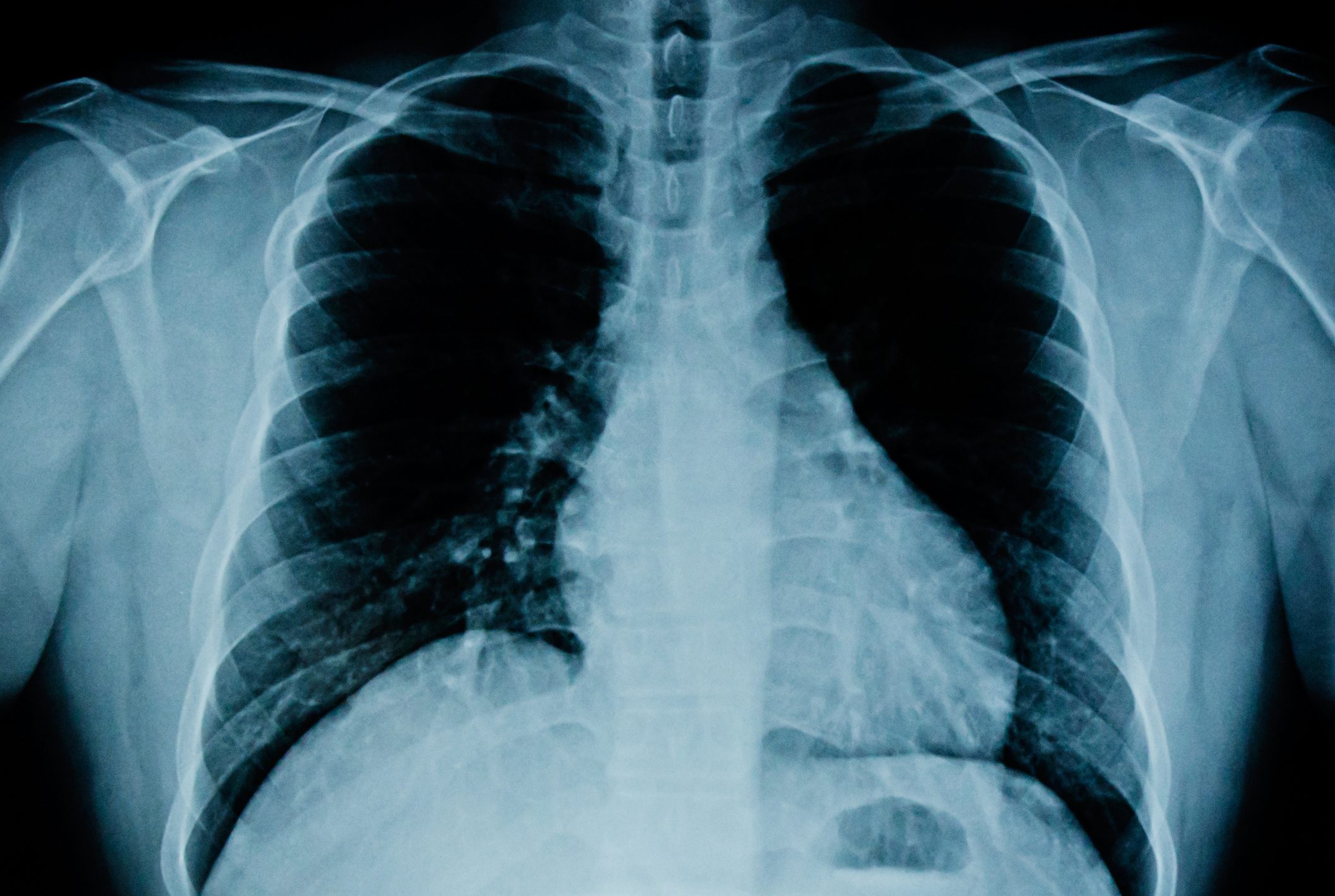Dear colleagues, are your patients also becoming increasingly ill with renal insufficiency? Among my elderly patients, the disease has reached epidemic proportions in recent years.
What happened to the Helvetic kidneys? What are the reasons for this “epidemic”? Have increased deaths due to NSAID administration been reported? Did lactic acidosis increase with metformin?
It is striking that the diagnosis of “renal insufficiency” has increased since hospitals automatically printed the creatinine clearance on the laboratory sheet. Almost at the same time DRG has also arrived in our country and so the diagnosis can be found in the diagnosis list under items five to ten for almost all patients over the age of eighty. Thanks to the systematic review of interactions with modern tools, we have also learned that we put our polymorbid patients at risk of life and limb with our therapies. It can be read in the lay and professional press that thousands of people are killed by drug interactions by us doctors.
It is right and good that we are aware of the dangers of polymedication. Every day, we move between Scylla and Caryptis in the treatment of our elderly and very elderly patients. It is necessary to decide which of the countless guidelines should be applied. Our elderly patients complain of insomnia, pain in the back and joints. To treat them correctly, i.e. to follow all the guidelines, becomes quite difficult, as they very often suffer from hypertensive heart disease and diabetes at the same time. With the known gait unsteadiness and nocturia, the administration of a sleep aid is apparently hardly justifiable in good conscience. And I almost forgot about renal insufficiency.
So what guidelines should we follow? In my opinion, the first priority is the well-being of our patients. You have the right to be as symptom-free as possible and it is important to weigh up which risks are accepted for this. This risk assessment must be based on the needs and wishes of the patient. For example, many elderly people accept the risk of falling more if they can only sleep deeply at night and are without pain.
Has the diagnosis of “renal insufficiency” also increased in your practice? It is likely that the frequency of diagnosis in your practice also correlates with the average age of your patients.
I wish you a good sense of proportion as you travel between Scylla and Caryptis!
Cordially, your
Josef Widler, MD
HAUSARZT PRAXIS 2014; 9(8): 1












